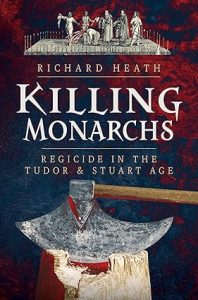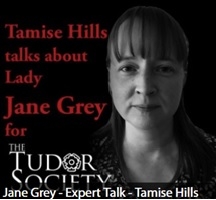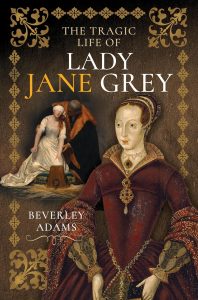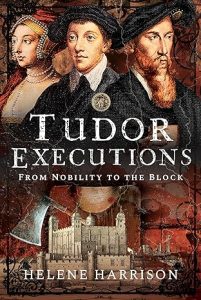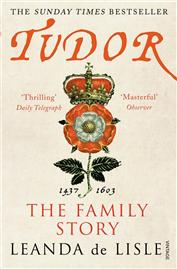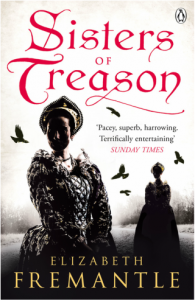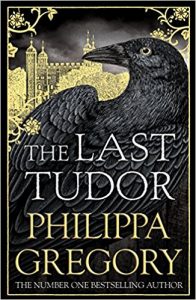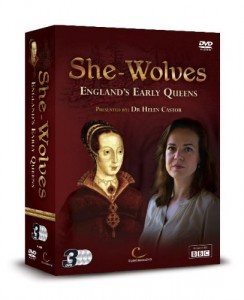To mark the 468th Anniversary of Jane’s reign, I asked 9 historians and writers what they thought people should know about Jane….
Jane was descended twice over (on both her father and her mother’s side) from Queen Elizabeth Woodville, wife of Edward IV and mother of the Princes in the Tower.
Elizabeth Norton
Jane was the eldest of three daughters of Henry Grey and Frances Brandon.
Linda Porter
Lady Jane Grey was very close to her mother, despite later stories to the contrary.
Leanda de Lisle
In 1548, Sir Thomas Seymour, Lord Admiral, and husband of Dowager-queen Katherine Parr, purchased Jane’s wardship and marriage from her father, for £2,000. Seymour had persuaded Jane’s father that he would arrange a marriage for her with Edward VI.
Melita Thomas
Jane was educated with the future Elizabeth I for a time, and that they shared both a fierce intellect and a passion for religious reform. Jane was such an enlightened and impressive young woman and, like Elizabeth, far ahead of her time.
Tracy Borman
Jane was the first (though very far from either the last or least!) in a long line of ‘female’ rivals for the throne. Even through the reign of her cousin Elizabeth, all the contenders were women; Jane’s sisters among them, of course.
Sarah Gristwood
Though Jane is usually characterized today as having been exceptionally studious, her tutor John Aylmer considered her so distracted by other pursuits that he asked Heinrich Bullinger to use his religious authority and to counsel Jane to pay less attention to “braidings of the hair” and to music.
Stephan Edwards
With the young King Edward, who had named Jane his successor, fatally ill, Jane’s marriage to Guildford Dudley was a key move in the power-play of her father-in-law, Northumberland. Northumberland had envisaged his son sitting on the throne beside Jane, thereby sealing his continued hold over the country. But once Jane had been thrust reluctantly onto the throne the young queen began to demonstrate that she wouldn’t be the pawn Northumberland had hoped for by refusing to allow her husband to be crowned as her consort. This act, effectively outplaying Northumberland at his own game, has always made me wonder what kind of queen she might have been had she held the throne for longer.
Elizabeth Fremantle
Jane was fierce and utterly unbending in her faith. Like Joan of Arc a century earlier, history has tended to soften her, to make the memory of a young woman milder and gentler, more pacific and open to compromise. But for Protestant Jane, like Catholic Joan, there could be no compromise when it came to the truth of salvation. Both met a terrible and violent death – but neither in quite the way that’s often portrayed. Joan is usually seen as an unyielding martyr, but in fact she recanted and submitted to the Church before relapsing into the ‘heresy’ of which she’d been condemned. Jane is familiar – for example, from Paul Delaroche’s celebrated painting – as an unwitting victim of the dark forces that surrounded her; but according to an eyewitness she went to the horror of her execution as a proud martyr, without hesitation, ‘being nothing at all abashed, neither with fear of her own death, … neither with the sight of the dead carcass of her husband, … her countenance nothing abashed, neither her eyes anything moisted with tears, … with a book in her hand, whereon she prayed all the way till she came to the said scaffold’. In other words, the real Jane, like the real Joan, was far more complex – and far more interesting in that complexity – than the tales we often tell might suggest.
Helen Castor




